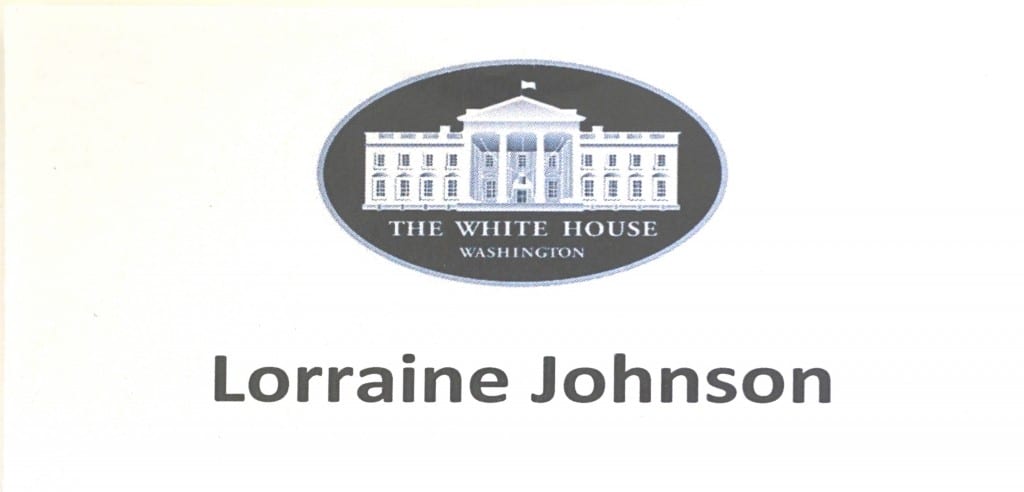LYMEPOLICYWONK: The White House, citizen science, big data and Lyme disease

I was honored to participate in the White House Citizen Science forum this past week. Citizen science is where ordinary people participate in science by asking questions, making observations, collecting data and publishing the results. Citizen science includes simple tasks like recording bird observations as well as more complex tasks such as patient participation in research. Here, patient advocacy organizations take the lead in setting research agendas and gathering critical information that helps us solve issues like the best treatment approach. The patient surveys published by LymeDisease.org are a form of citizen science.
This type of research has only recently become possible because of advances in technology that permit crowdsourcing and open innovation. Today over 40 US federal agencies belong to the Federal Community of Practice on Citizen Science and Crowdsourcing, including the Department of Health and Human Services, the National Institutes of Health, and the White House Office of Science and Technology Policy. A tagline or theme quickly emerged from the participants: Everyone, everywhere, together!
The first part of the forum demonstrated a wide variety of citizen science projects. Dr. John Holdren, the director of the White House Office of Science and Technology Policy released a new crowdsourcing toolkit for government agencies. Holdren described citizen science as “a perfect example of an approach that truly lies at the nexus of three important things — science, technology and policy”.
“New technologies, from low-cost sensors and other types of monitoring instruments to increasingly ubiquitous and powerful smartphones to the rapid expansion of high-speed Internet connectivity, are facilitating citizen science on a scale that was simply unimaginable just a few years ago,” he went on. “We can harness this new technological infrastructure to advance both scientific discovery and the realization of policy objectives that will lead to better outcomes for all Americans.”
You can watch a video of the open White House forum below, although note that this is four hours long.
The afternoon session consisted of working groups with 10 people at a table. Tables ranged from topics like “Lakes,” “Oceans,” “Pollinators,” “Birds.” I was seated at the “Health” table, which included members from the National Institute of Health, the US Health and Human Services Department, academics involved in community participatory science, commercial groups such as PatientsLikeMe, Quantified Me, and an application developer involved in the new Apple Research Kit.
What the members at the health table had in common was a belief that the future for research in health involves new forms of research based on analyzing large volumes of data using newly emerging technology. This new model of research will involve patients as partners—not merely research subjects. This is the democratization of science where expertise and the tools to conduct research are resources available to the community.
Because patients have lived experience with the disease, they are well suited to determine what research questions are most important, what treatment outcomes they value, and to gather a community to help solve problems together. Most research, as you know, is conceived of by researchers who explore questions they are curious about. This may or may not be designed to improve patient care. A simple example is that Lyme patients want to know what treatments work best on which patients. The longest treatment trials funded by government were just 90 days. If Lyme is more like tuberculosis than a strep throat, longer treatment durations using multiple antibiotics may be more effective.
How will we get a treatment trial that examines actual treatments that Lyme patients are prescribed or alternative approaches they are using? This type of trial is not really possible under traditional research because it involves too many variables. The key to this type of research is big data research that places patient interests at the center. It was exciting to work with a group of people toward a future where Lyme patients can get the type of research that we need. This is the wave of the future.
LymeDisease.org will soon launch a Big Data project to help answer questions that real patients have. Stay tuned for more information in the coming weeks.
I tweeted during the event and thought I’d share some of these with you.
The LYME POLICY WONK blog is written by Lorraine Johnson, JD, MBA, who is the Chief Executive Officer of LymeDisease.org. You can contact her at lbjohnson@lymedisease.org. On Twitter, follow her @lymepolicywonk.

























We invite you to comment on our Facebook page.
Visit LymeDisease.org Facebook Page